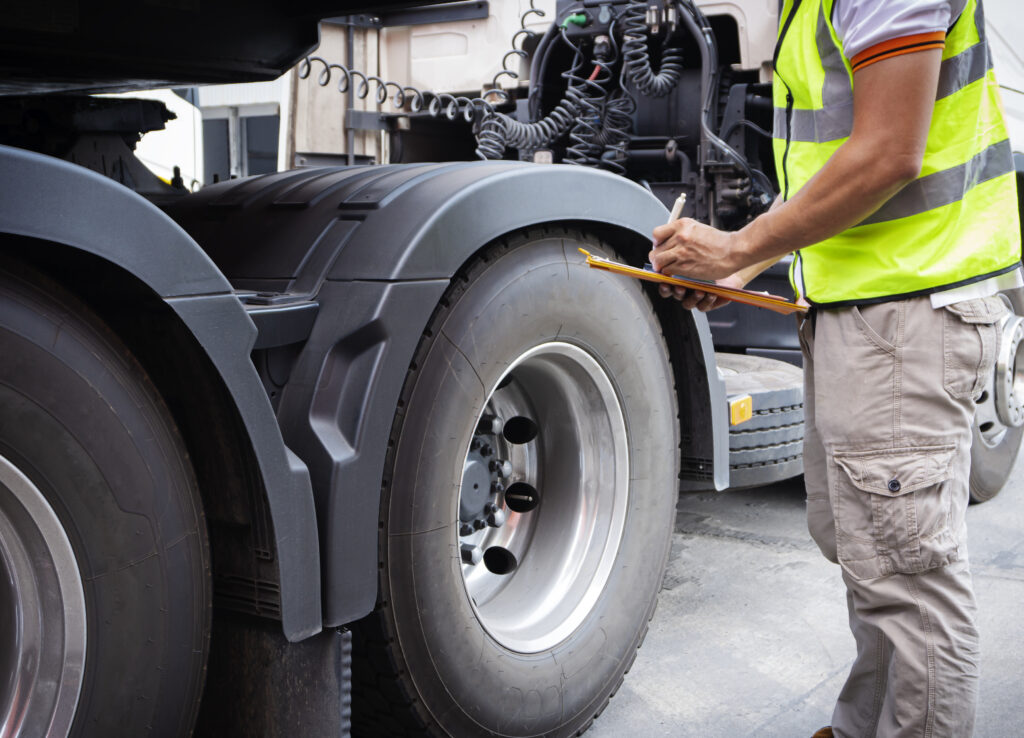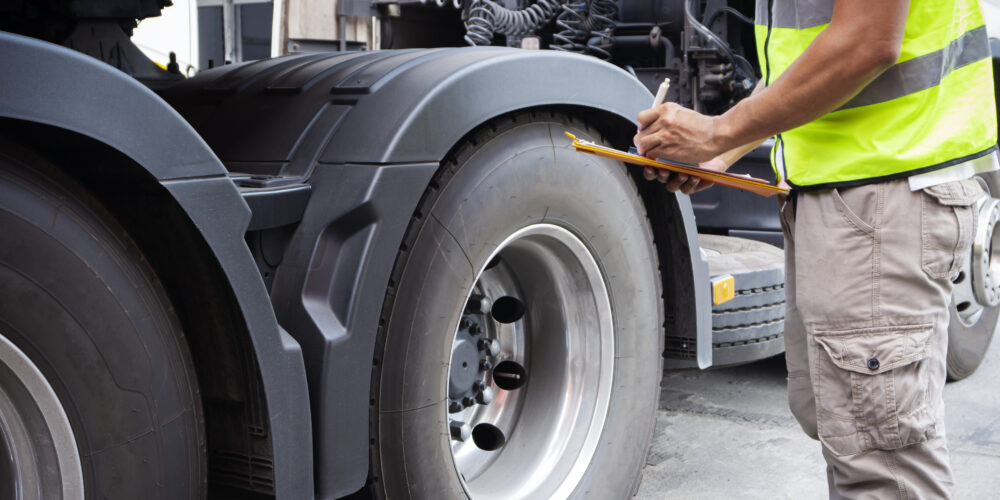
Ongoing training and periodic refreshers can be great ways to remind your drivers of pre- and post-trip inspection requirements. These checks can help avoid violations during roadside inspections, but they can also help prolong the life of your assets. Inspections can significantly impact the health of your vehicles and your overall bottom line.
Pre- and post-trip inspections are often the first line of defense in avoiding violations during roadside inspections. Since the FMCSA mandates them, drivers are required to perform these inspections before and after a route.
Vehicle inspection should cover at least the following parts and accessories:
- Service brakes, including trailer brake connections
- Parking brake
- Steering mechanism
- Lighting devices and reflectors
- Tires
- Horn
- Windshield wipers
- Rear-vision mirrors
- Coupling devices
- Wheels and rims
- Emergency equipment
One of the best ways to ensure drivers perform comprehensive inspections is to develop a systematic pre- and post-inspection form that requires the driver to check all vehicle parts. This will help ensure that no part of the truck gets overlooked. A thorough inspection also allows you to stay on top of the health of your assets, prolonging their use and saving you money over time.
Also, if your company has not moved to an electronic version of the pre- and post-trip inspection form, you may consider a digital option. This would potentially allow your drivers to use their mobile devices, making inspections more convenient and the process more efficient.
Periodic refresher training on pre- and post-trip inspections for your drivers could also reinforce the importance of the inspections and adequately educate your drivers on what to look for.
The FMCSA’s Motor Carrier Safety Planner has resources for drivers for both pre- and post-trip inspections. While these inspections may seem like simple things, they can have a significant impact on helping avoid violations and prolonging the life of your assets.













